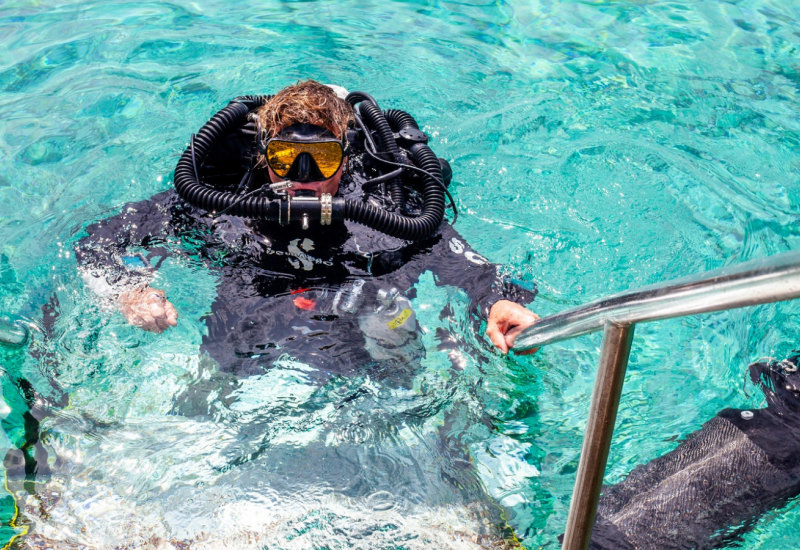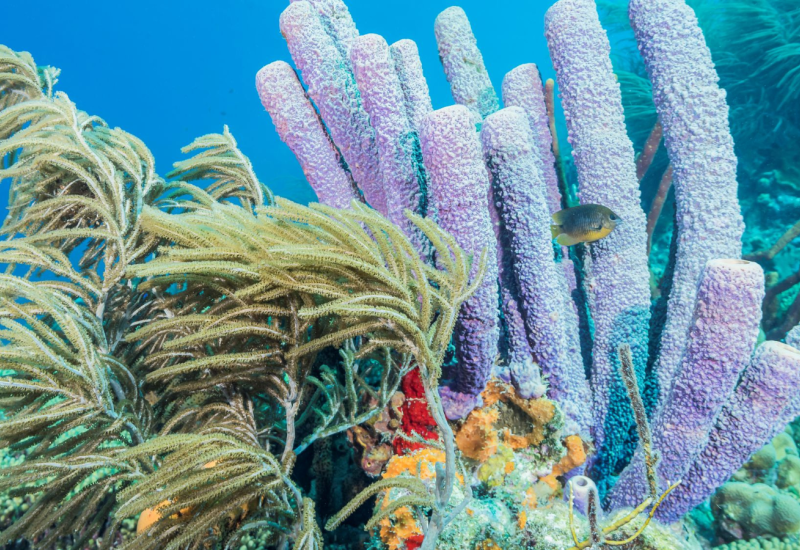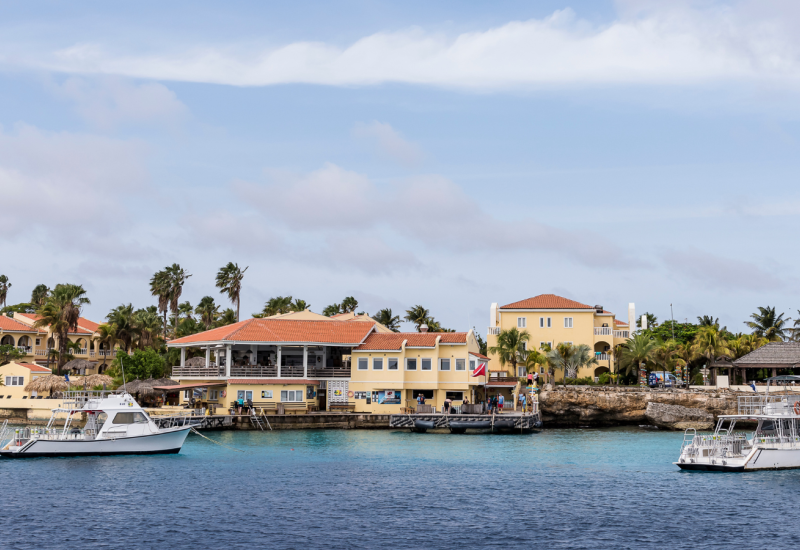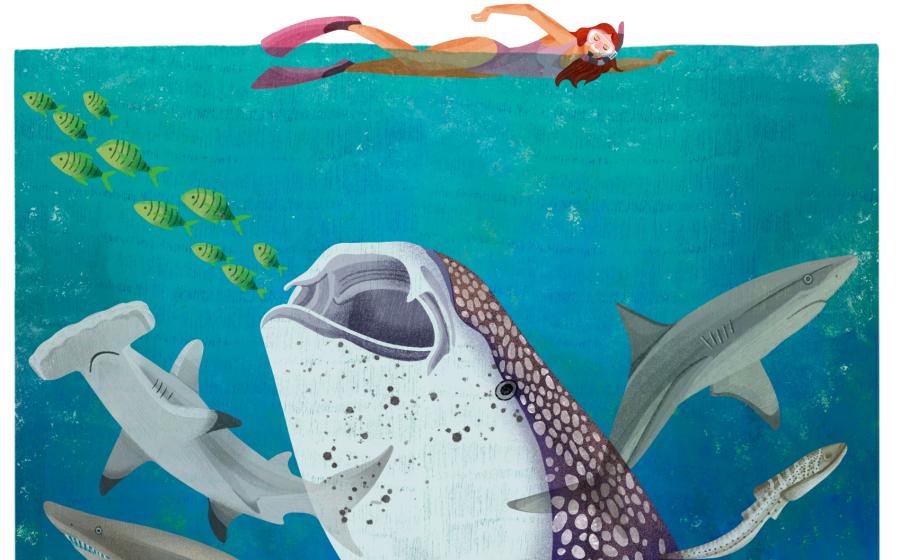Belmar Oceanfront Apartments Bonaire
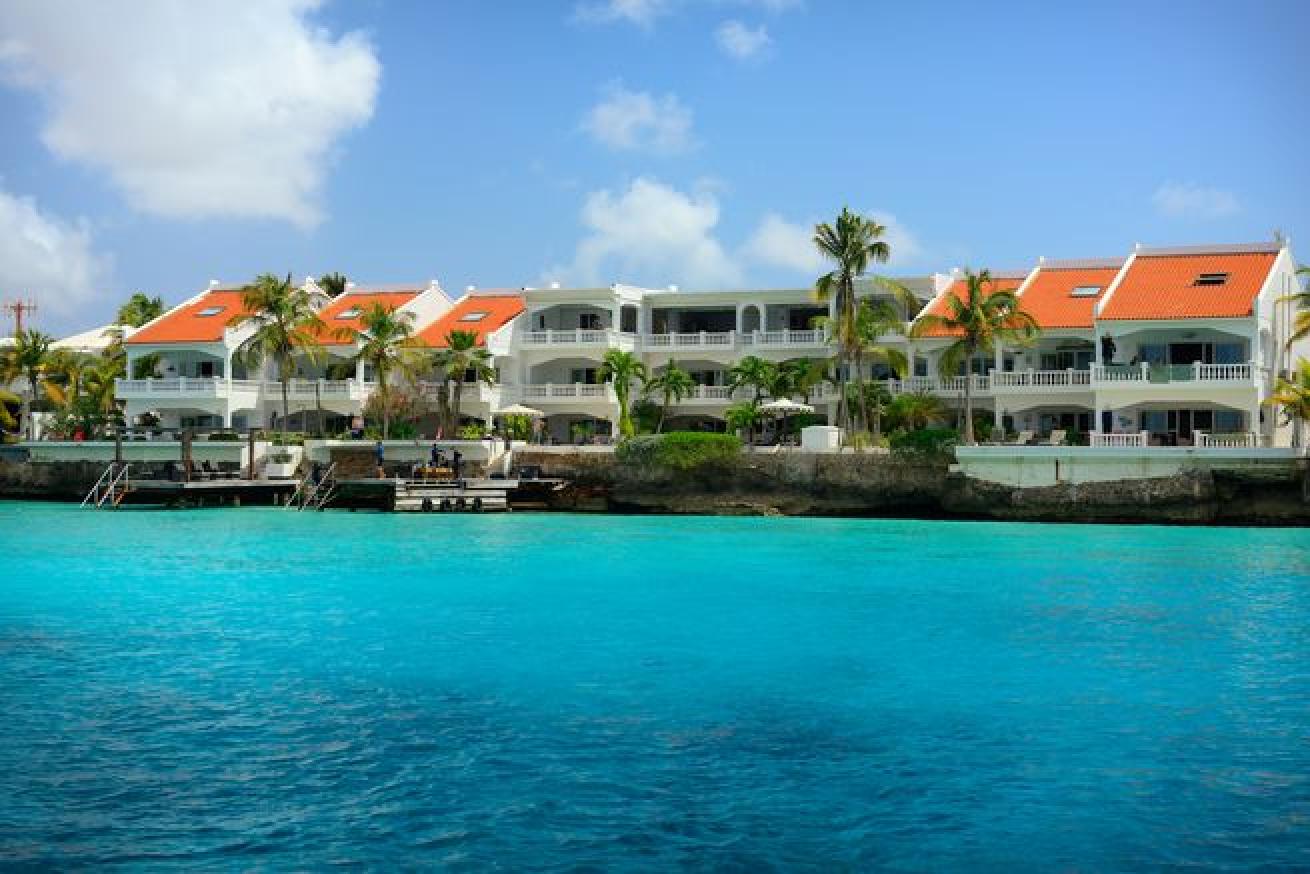
Welcome to Belmar Oceanfront Apartments. A small and intimate resort with a colorful garden and of course, spectacular ocean views wrapped around terraces and balconies. Take leave of your everyday stress and step into an exclusive resort that refreshes your body and soul! Belmar Oceanfront Apartments Bonaire offering first class accommodations to scuba divers, sunseekers, snorkellers, birdwatchers, nature lovers, and especially the "get away from it all" vacationer. Enjoy shore diving from our resort any time of day.
For your comfort and convenience, Belmar Oceanfront Apartments features either one, two or three air conditioned bedrooms, one to two bathrooms, large living areas with cable TV, telephone, fully equipped kitchens with refrigerator, dishwasher, microwave and Nespresso coffee machine, private room safe and large covered terraces or balconies on the second floor and wireless internet available throughout the resort. All units face the blue Caribbean Sea and are just about 20 feet from the water, with excellent swimming, snorkeling and scuba diving right off your patio on your "private" reef. There are also two private piers for direct access to the sea, a large Magna swimming pool and a front desk/office. There is a fully equipped dive shop.
Buddy Dive at Belmar is a PADI 5-star and Universal Referral Dive Center, conveniently located on the premises. Offering multi-lingual instructions from basic Open Water courses to divemaster and many dive specialties, all conducted by a friendly dedicated PADI trained dive team. In addition to all the standard PADI specialties, we also offer you the chance to become an Enriched Air Certified diver, or even try out a Re-breather!
As a full service dive center, we also have a complete inventory of rental gear available. Guests who prefer to purchase instead of rent will enjoy shopping at our well stocked retail shop. The on-property shop carries a wide range of dive and snorkel gear and accessories, as well as t-shirts, sandals, caps, dive lights, film and souvenirs galore! But of all of the assets we have, it is without a doubt our incredible dive team that makes the difference at Belmar Oceanfront Apartments. We are known to go out of their way to make every dive a safe and enjoyable experience you won’t forget. It’s this friendly, personal service that has become a trademark of Buddy Dive at Belmar.

Details
Information: EEG Boulevard 88 Bonaire
Phone: Toll free for the US/Canada 1-888-655-0605
International +599 717 7878
Email: [email protected]
Website: belmar-bonaire.com

